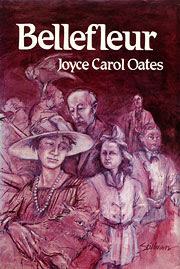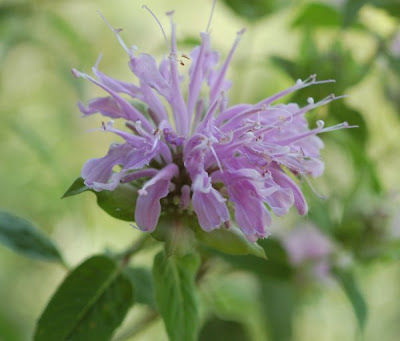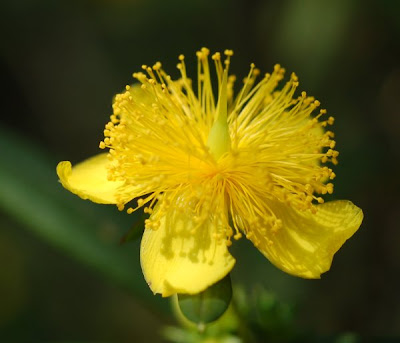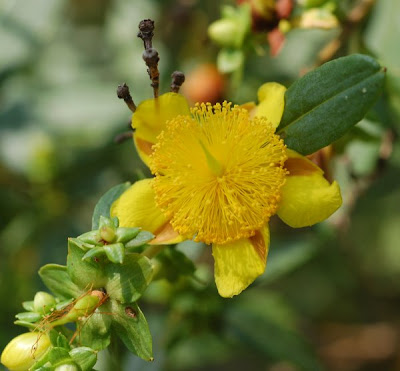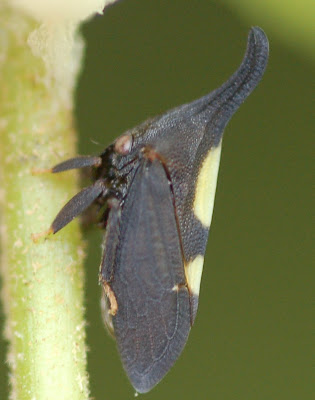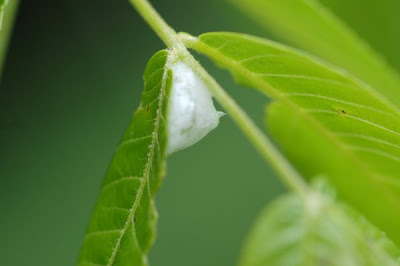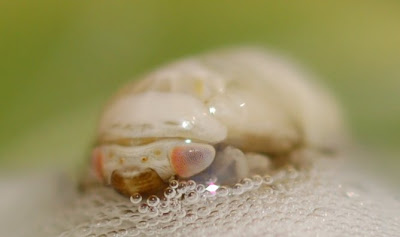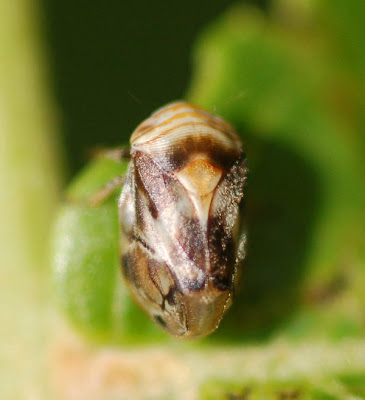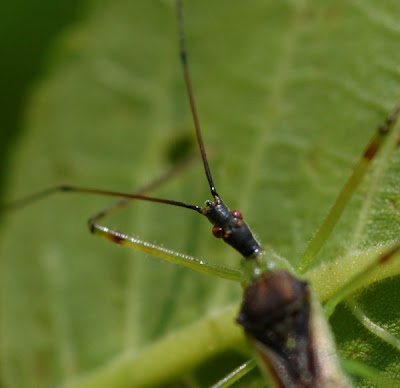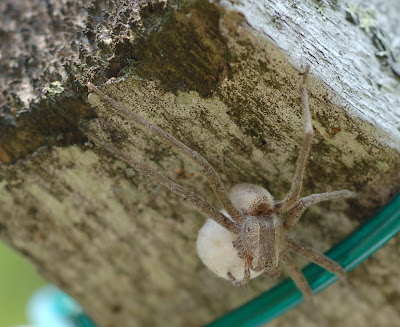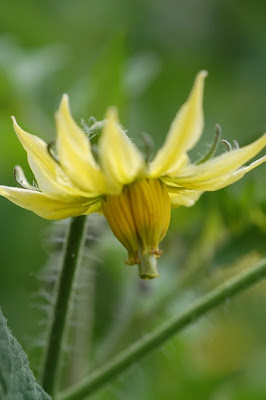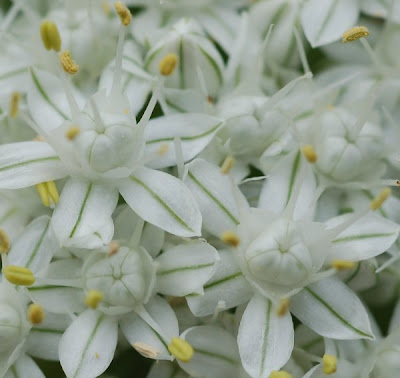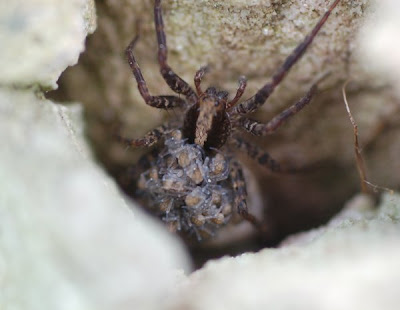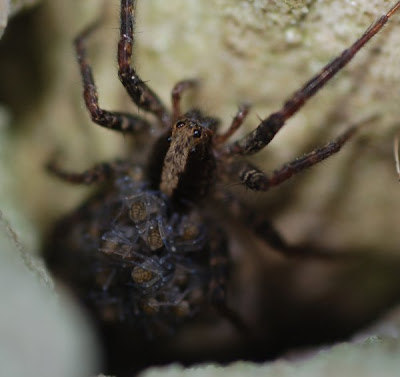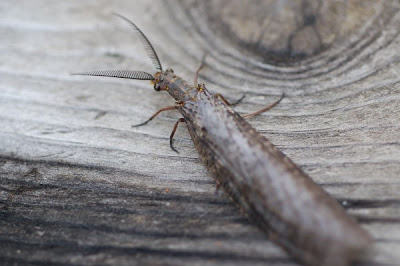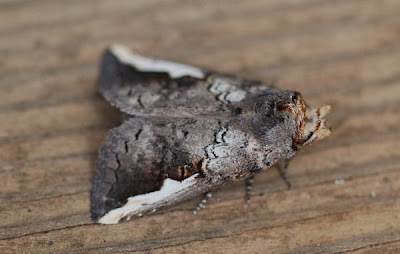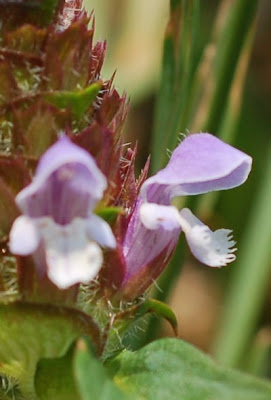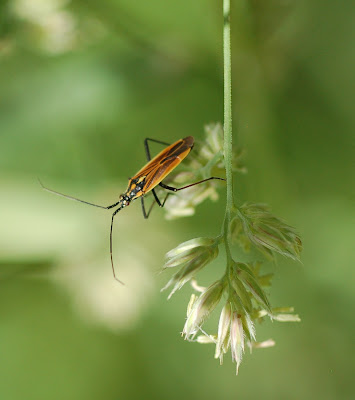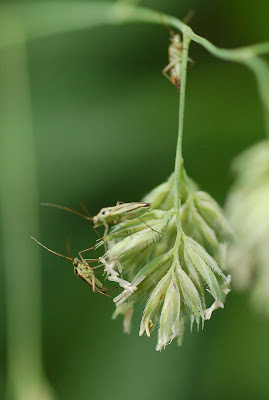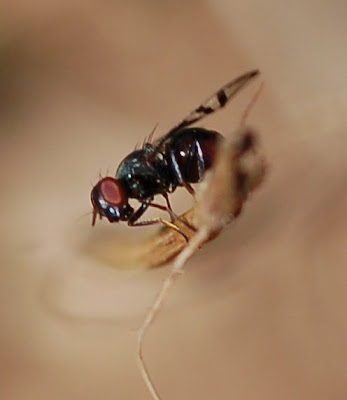Yesterday's was my 400th post, and also the second blog anniversary of Pocahontas County Fare. To commemorate these milestones, I thought about what I've blogged, and what I hope to blog in the future, and decided I had nothing that has not already been said well by other people. I also thought about my blog stats, but since I haven't been tracking hits and page views very long, I didn't have much to say there either.
(You can see my "hits/page views" counter results if you're interested. I usually only check for people who visit my site after searching for "inbred hillbilly cannibals." For one brief moment, Pocahontas County Fare was Google's top search result for that phrase, but competition is stiff in that field.)
Most blogs are either short-lived experiments or spam blogs, so Technorati's blog assay is less informative than one might wish.
Currently tracking 93.9 million blogs and over 250 million pieces of tagged social media.
The World Live Web is incredibly active, and according to Technorati data, there are over 175,000 new blogs (that's just blogs) every day. Bloggers update their blogs regularly to the tune of over 1.6 million posts per day, or over 18 updates a second.
I'd hoped to find where I fit in the distribution of blog longevity and post frequency, but every source I checked had completely different metrics. I did find an interesting and reasonable analysis of blogs by Caslon Analytics. They avoid specific numbers altogether, but they present a "literature" profile of blogs and the things said about them. I enjoyed their hype-deflating style:
The blog phenomenon in the English-speaking world has peaked and - as forecast in an earlier version of this page - most blogs are being stored in the part of cyberspace dedicated to hula hoops, pogo sticks and other fashions that reached their use-by date.
That does not mean people will stop blogging altogether....Some people will continue to find fulfilment through blogs that reach an audience of one or an audience of one million.
We should however be realistic: the 'blogging revolution' collided with human nature and human nature won. Most people do not like writing, even if they have something to write about. Many people do not have time to blog on an ongoing basis in a way that attracts a substantial audience. Some people will continue to write offline diaries, commonplace books and criticism - including work that relies on a pen or pencil rather than a keyboard.
I do like writing, and will continue, although it's for others to judge if I have something to write about.
